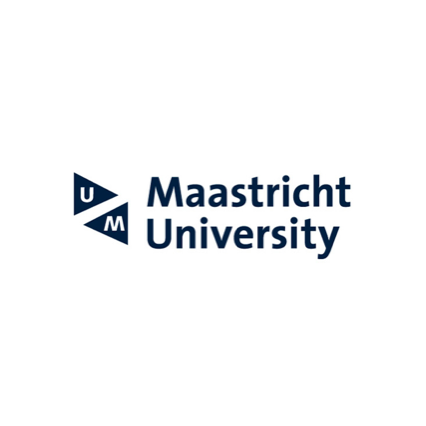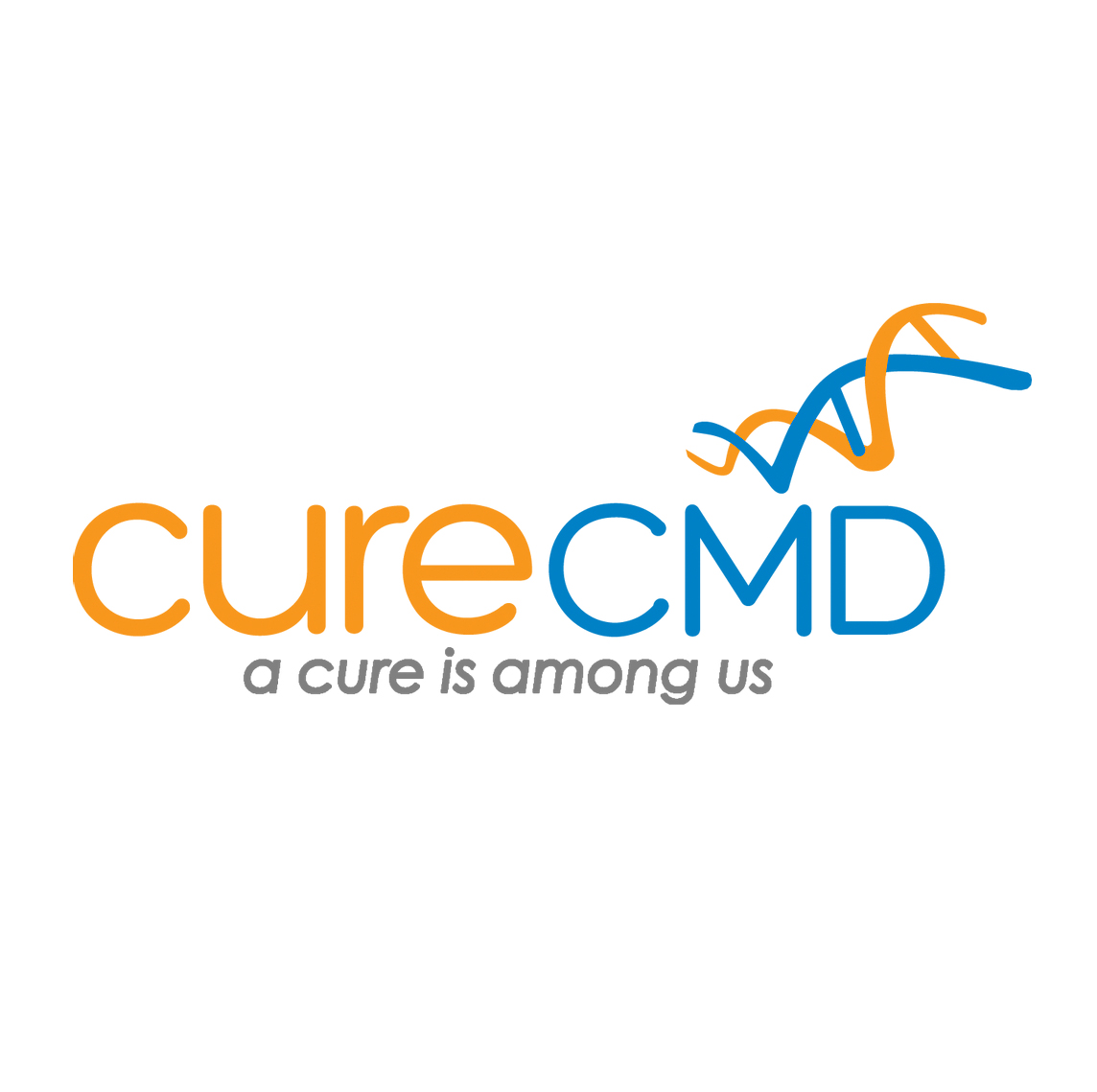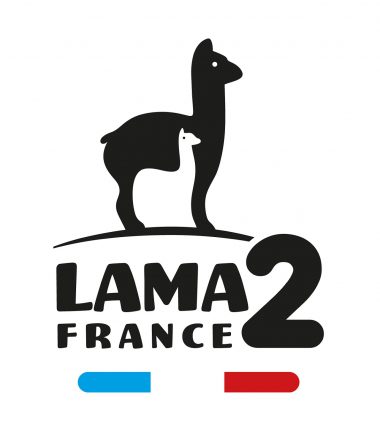Vall d’Hebron receives funding from ISCIII for LAMA2 research project
We are excited to share that the Vall d’Hebron Research Institute (VHIR) in Barcelona, Spain, has received funding from the Instituto de Salud Carlos III (ISCIII) to continue advancing research into LAMA2-related muscular dystrophy (LAMA2-RD). The ISCIII, part of Spain’s Ministry of Science, Innovation and Universities, is the country’s leading public agency for biomedical research funding. Through its FIS I+D+I Health Research Projects, it supports innovative studies that improve health and help bring scientific discoveries closer to patients.
The project has been awarded €270,000 in funding, and it also receives support from the Spanish foundation ImpulsaT, which helps organize the annual natural history meetings in Madrid and provides ongoing support to the research teams whenever needed.
The new project, titled “Advances in Therapies for LAMA2 Muscular Dystrophy: Cell Therapy, Gene Editing and Preparation for Clinical Trials”, is led by Dr. Maria Pallarès-Masmitjà and Dr. David Gómez-Andrés, and brings together two VHIR groups — the Gene and Cell Therapy Group and the Innovation and Therapies in Neuropediatrics Group. The team includes experts in gene therapy, neuropediatrics, physiotherapy, and imaging, such as Dr. Jordi Barquinero, Dr. Francina Munell, and Dr. Laura Costa.
Understanding and Monitoring the Disease
To better understand how the Lama2-RD evolves over time, the team will continue a national natural history study that follows affected children and adults across Spain. This long-term effort will help researchers identify how symptoms progress and which tests are most useful to measure changes in strength, movement, and daily activities.
To improve patient monitoring, the project will also explore new digital tools — such as video-based motion analysis, wearable sensors, and advanced imaging (MRI and ultrasound) — to capture early signs of disease and track progress more accurately and comfortably for patients.
Exploring New Therapeutic Approaches
Alongside this clinical work, the researchers will test two promising therapeutic strategies. The first is a cell therapy using fat-derived cells that can produce the missing muscle protein, laminin-211, and deliver it to the tissue. The second is a gene editing approach that uses advanced molecular tools to correct mutations in the LAMA2 gene.
Both therapies will first be tested in mouse models to evaluate their safety and potential benefits.
By combining clinical data, digital innovation, and new therapeutic approaches, this project lays the groundwork for future precision treatments for people living with LAMA2 muscular dystrophy. It reflects VHIR’s commitment to bridging the gap between research and real-life medical impact — and to bringing new hope to patients and families affected by rare neuromuscular diseases.






